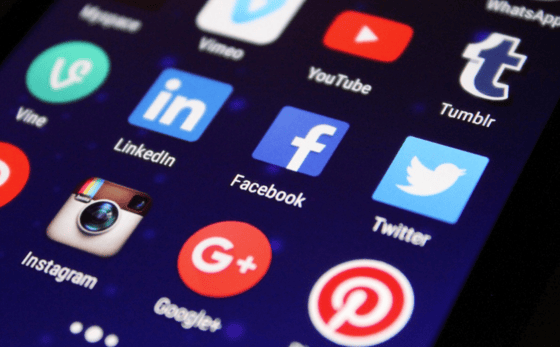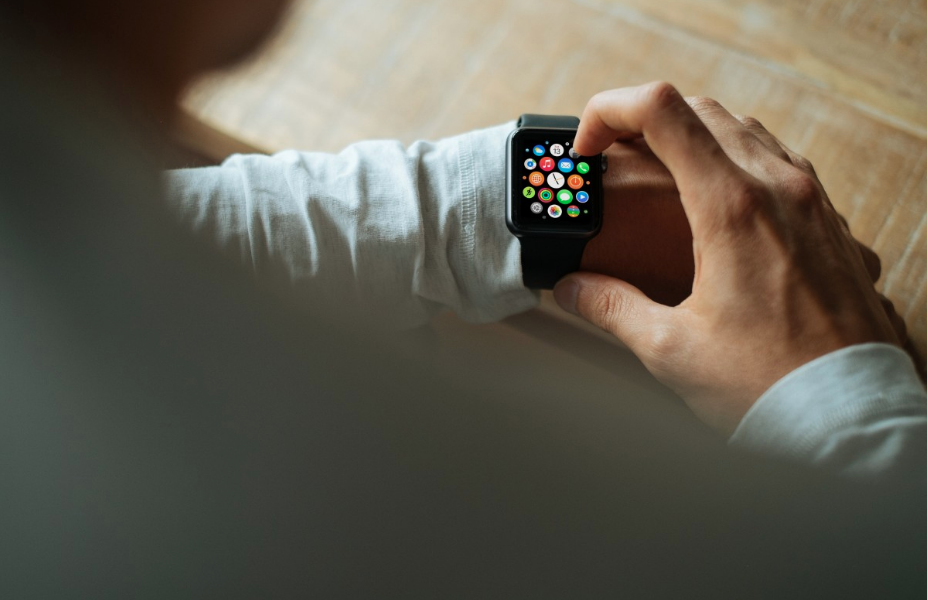


How to use paid social advertising to generate quality leads




Utilising paid social advertising within your digital marketing mix can bring about loads of value to your business or clients. However, it can be a difficult landscape to navigate if you don't define your objectives from the outset. In this blog, we'll discuss how to use paid social advertising to generate quality leads, and the main points to consider when building your social presence.
Who is your target audience for paid social advertising?
From the outset, before launching any campaign into the newsfeed of your target audience, you must outline what is it you're trying to achieve for your business or client. For instance, what is the campaign objective, what is the message, and most importantly, who is your target audience?
Facebook ads, for example, offer many different types of campaign objectives in order to help. For instance, if you're a B2B business, Lead Campaigns can be a great way to generate customers cost effectively. If you're an established eCommerce company with great brand equity and you're refreshing one of your products, you might prefer an Awareness campaign to inform existing customers and generate repeat business.
There are caveats to paid social advertising, and some that need to be considered carefully. Some industries will naturally find that it resonates with their target audience. For instance, eCommerce tends to work best on Facebook or Twitter. However, that's not to say an insurance ad with a strong creative, unique offering and well-constructed copy won't work well with your desired user. LinkedIn tends to form our primary platform to target B2B verticals, especially when it comes to our Account Based Marketing (ABM) campaigns.
At Six & Flow, we don't blindly enter a client vertical without first doing the necessary legwork. Through our paid media and inbound integration (or what I like to call PIN) we define the target audience beforehand, and conduct extensive buyer profile aligning with HubSpot. This allows us to create the types of profile we know will be receptive to your brand, and use this as a basis to form our targeting using the paid social advertising mix.
Once the target audience is defined, we can expand the reach of a target audience through lookalike audiences (or LAL), and Facebook specifically does this very well. The Facebook algorithm works well to understand your defined audience's signals and creates lists of users that closely resemble the original set. We utilise nested LALs to expand reach of similar customers. Facebook, for instance, offers LAL matches from 1% to 10%; 1% offers the closest matches to your original audience, whilst higher figures loosen the likeness but expand reach.

How you will be tracking and defining paid social advertising success?
Furthermore, prior to setup, it's important to note how you will be tracking and defining success. Facebook and Google Analytics track differently; and data discrepancies between Facebook clicks and GA sessions can differ as much as 80%. This is mostly down to attribution and how the platforms credit a campaign.
For instance, Facebook has a post-view model, meaning that if a user saw your ad within the 1-day post view and didn't click, it would still credit the campaign with a conversion. It also uses a blended 28-day post-click window, where credit is applied if a click occurs but Facebook isn't the last touchpoint before a conversion.In contrast, GA is based on sessions, and not users, and therefore defaults to a last-click model across all channels. This difference therefore presents you with the question of how you will assign to credit to your marketing efforts.
At Six & Flow we look across the whole attribution landscape, and optimise based upon many signals, not just a silo approach with one interface. All marketing channels should be aligned, and with Google looking to kill last-click attribution once and for all, it's imperative to understand your user's journey and credit accordingly for an optimal and efficient approach.
Why does paid social advertising work better with the right targeting?
A final thought to bear in mind with paid social advertising and specifically Facebook ads is that this is a more intrusive type of advertisement, compared to say Google AdWords which is a query-led medium. Facebook is a personal, even intimate space for your customers, and so a soft sell approach works better. Businesses with a visual medium work well in this space, and it's essential to split test a bank of creatives as certain imagery will naturally resonate with your audience.
It doesn't take long to look around your own feed and see users who have been poorly targeted posting angrily in comment sections. You don't want this, as it can be damaging to your brand. However, this doesn't mean you need to lose your brand identity or voice. Targeting is key to reaching your ideal customer set who will engage with your ads in a positive manner.
Understanding your purchase funnel is also necessary. For instance, we integrate Facebook as a higher funnel medium, offering them a free brochure or whitepaper to bring leads into a designated workflow or CRM journey.
Above all, the key to paid social advertising is preparation. This is why it can help to work with an expert agency that can put the necessary steps in place to understand your business goals, your setup and your audience.









